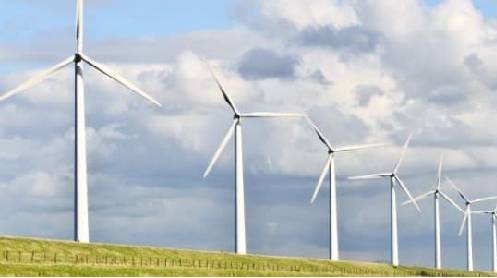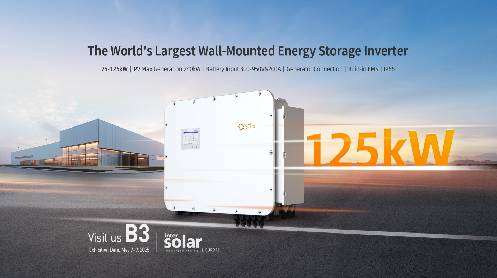The U.S. Department of the Treasury and the IRS have released guidance on tax credits as part of the Inflation Reduction Act (IRA), which allows tax-exempt entities to engage directly in clean energy projects.
The new guidance allows businesses without sufficient tax liability to sell their clean energy credits to a third party, thereby simplifying the financing for clean energy projects.
According to John Podesta, Senior Advisor to the President for Clean Energy Innovation and Implementation, the new provision in the IRA provides a decade of policy certainty for the clean energy sector.
The U.S. Administration this week issued a much-anticipated guidance on tax credits in the Inflation Reduction Act (IRA), giving access to tax credits to local governments and non-profits to join the clean energy transition.
The U.S. Department of the Treasury and the Internal Revenue Service (IRS) have released guidance on key provisions in the IRA to expand the reach of the clean energy tax credits and help build projects more quickly and affordably.
With the detailed guidance on tax credits, the Biden Administration is giving – for the first time – tax-exempt entities such as states, territories, tribes, local governments, and nonprofits direct pay for building or participating in clean energy projects eligible for tax credits. Under this provision, a school district or a local government, for example, could buy electric vehicles for their fleets or add solar panels to city and school buildings.
The goal, and the hope, is that more communities and areas in the U.S. can take advantage of the tax credits and contribute to the Administration’s ambitious clean energy goals.
“The Inflation Reduction Act’s new tools to access clean energy tax credits are a catalyst for meeting President Biden’s historic economic and climate goals. They will act as a force multiplier, bringing governments and nonprofits to the table,” Secretary of the Treasury Janet Yellen said. Related: New Mexico Is Driving Permian Oil Production Growth
“More clean energy projects will be built quickly and affordably, and more communities will benefit from the growth of the clean energy economy.”
The Treasury also explained that the IRA allows businesses not using direct pay for the tax credits to sell all or a part of any clean energy credits to a third-party in exchange for tax-free immediate funds.
With this type of tax credit, businesses can take advantage of tax incentives if they do not have sufficient tax liability to fully utilize the credits themselves.
“Entities without sufficient tax liability were previously unable to realize the full value of credits, which raised costs and created challenges for financing projects,” the Treasury said.
This could help simplify financing for clean energy projects, additionally boosting clean energy expansion in the United States. The new credit delivery mechanism, known as transferability, basically allows developers and owners of a clean energy project to sell tax credits for cash, getting immediate access to tax-free funds.
So, under the IRA, direct pay and transferability expand the reach of tax credits to tax-exempt entities to implement clean energy projects and opens a potentially large market for tax credits transfers among companies.
“Direct pay is a game-changer for our ability to spread the benefits of clean energy to every community in America,” John Podesta, Senior Advisor to the President for Clean Energy Innovation and Implementation, said in a statement.
“This provision of the Inflation Reduction Act will make it easier for local governments, Tribes, territories, nonprofits, schools, houses of worship and more to invest in clean energy, allowing them to save money, improve public health, and better serve their communities.”
On a call with reporters this week, Podesta said, “For the first time, tax-exempt entities will be able to receive a payment equal to the full value of the tax credit for building qualifying clean energy projects.”
According to Podesta, the tax credits, the biggest tools in the IRA, provide an unprecedented “10 years of policy certainty for the clean energy sector.”
Renewable energy organizations welcomed the new guidance.
“It’s very encouraging to see guidance swiftly issued on two of the IRA’s most transformational and impactful programs– credit transferability and direct pay,” Gregory Wetstone, President and CEO of the American Council on Renewable Energy (ACORE), said in a statement.
“We fully expect this guidance to unleash a massive infusion of new renewable energy investment. Making renewable tax credits broadly transferable helps address current constraints in the nation’s tax equity market, while the new direct pay regime makes it easier for tribes, state and local governments, co-ops and other nonprofit entities to participate in the clean energy transition.”







